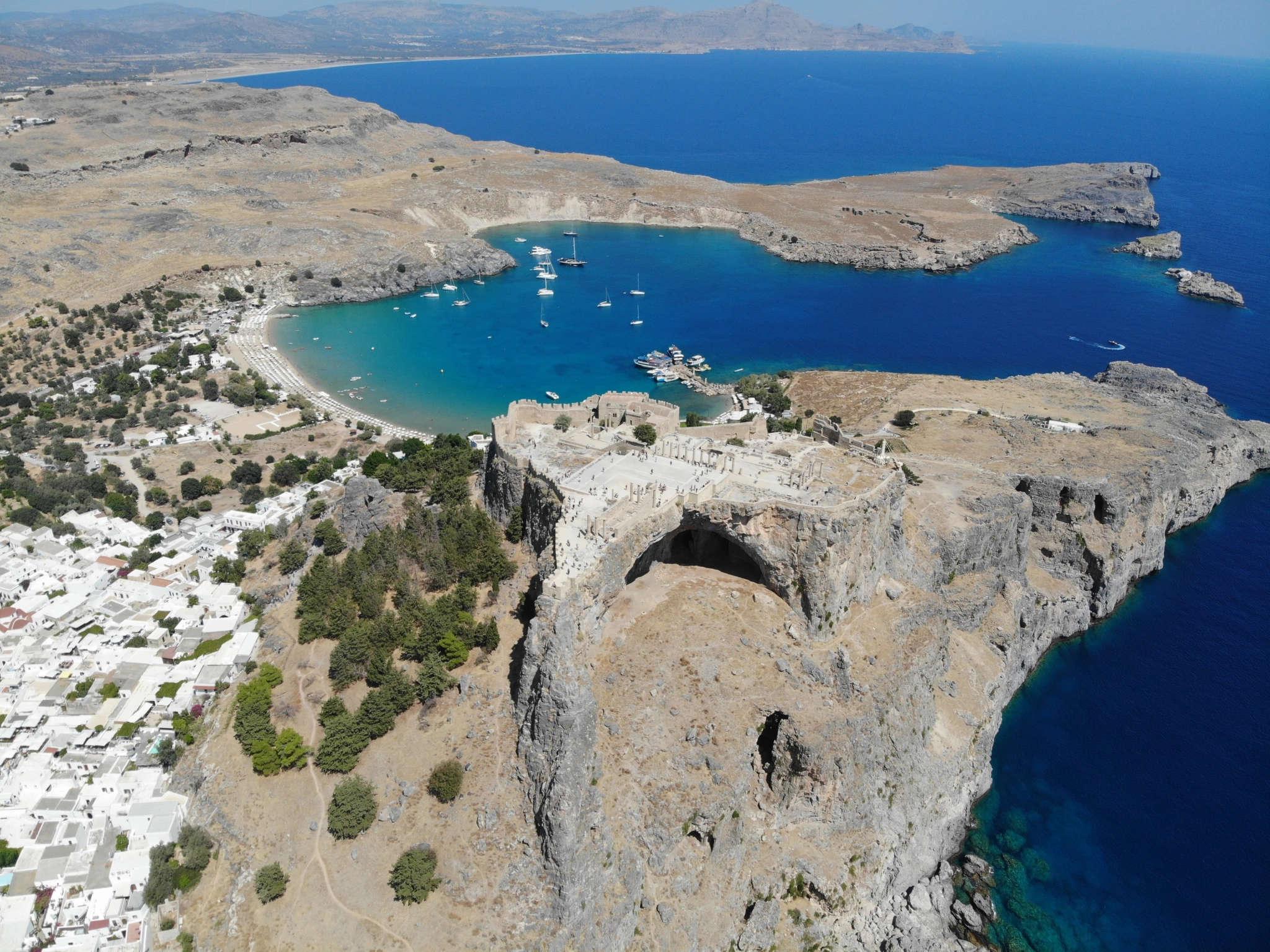
AMALIE SKOVMØLLER: ON THE QUESTION OF REPRESENTATION IN PUBLIC STATUES IN DENMARK
Date & Time
Wednesday, March 19th
17:00 – 19:00
Location
The Danish Institute at Athens
Chairefontos 16
105 58 Athens
Information
“We all need role models who we can look up to and who give us an understanding of our common past” (Ministry of Culture, 2024): On the question of representation in public statues in Denmark.
About the lecture
On March 7, 2024, the day before the National Women’s Day in Denmark, the minister of Culture, Jacob Engel-Schmidt announced that he would be initiating a new statue-project focusing on bringing equality to the public spaces in all of Denmark. The reason for this large-scale project, which would be funded by the state government with an unspecified amount of Danish kroner, is a pressing need to re-adjust the overwhelming amount of male figures on pedestals, adding more women to the national statue-landscape. As the minister proclaimed: “We all need role models who we can look up to and who give us an understanding of our common past.” This was obviously met with positive feedback. Yet, the logistics motivating the proposition are interesting to look more into: What is in fact the relationship between public statues and the notion of a common past? Statues do not write history, yet they shortly influence the ways in which we think about history. This presentation will therefore explore in what ways representation matters to the 21st century public spaces. Exploring cases from Danish contexts, the presentation will discuss how statues of the past shape and initiate debates in the present about the statues of a common future.
About the lecture series
Monumental sculpture has taken central stage in contemporary discussions on colonial history, structural racism, inequality, and marginalization. Recently public statues of Danish kings, missionaries, and explorers have been confronted by activists seeking to address unfinished histories of Danish colonialism. Statues of Hans Egede in Nuuk and Copenhagen have been daubed in red paint with “DECOLONIZE!” and “RACIST!” added to their plinths, and a plaster bust of King Frederik V has been thrown into the waters of the Copenhagen harbor. Artists have also erected new critical public monuments, such as Jeannette Ehlers and La Vaughn Belle’s I Am Queen Mary (2018) – the first statue of a Black woman in Denmark, and the first monument to commemorate histories of resistance against Danish colonial rule.
Moving Monuments seeks to problematize the assumption that public monuments are static entities made for eternity. In contrast, the project focuses on the material, historical, and political transformations and reframings involved as monumental sculptures move between different sites and across time. The core-team members each work on individual projects, which will be presented within the frames of this lecture series, shifting the theoretical and methodological orientation of research on monumental sculpture in Denmark and beyond. In doing so, the project creates new critical platforms for discussing the life and afterlife of public monuments as dynamic historical agents whose functions and contexts change across time and space, the project examines the intersections of art, power, and imperial history.
Program
The duration of the lecture will be around 45 minutes after which there will be time for questions
To attend the lecture online, register by following this link
About the host
Amalie Skovmøller is associate professor at the Department of Arts and Cultural Studies at the University of Copenhagen. She has published widely on polychromy in ancient sculpture, especially the painting of ancient white marble sculptures in the Roman Republic and through the Imperial period as well as their reception in 18th and 19th century Europe. Since 2022 she has been a core member of the Moving Monuments research group, where she has focused on the white marble sculptures produced by the Danish sculptor Johannes Wiedewelt (1731-1802) for King Frederik V.
Amalie Skovmøller

Upcoming Events
21
January
17:00 – 19:00
Chairefontos 14A Platia Aghias Aikaterinis, Plaka GR-105 58 Athens

Lecture by Benjamin Pedersen: “Emotions and Exemplarity: The Shaping of Historical Writing in the Hellenistic Period”
07
May
06:00 – 16:00
Chairefontos 14A Platia Aghias Aikaterinis, Plaka GR-105 58 Athens

Sanctuary, City and Congregation: Athana Lindia and her Sanctuary in Context
21
March
08:50 – 07:00
Chairefontos 14A Platia Aghias Aikaterinis, Plaka GR-105 58 Athens

HOW ARE WE TO LIVE? Seven approaches to the good life
23
January
17:00 – 19:00
Chairefontos 14A Platia Aghias Aikaterinis, Plaka GR-105 58 Athens

Concert: Anton Friisgaard & Oscar Friisgaard
03
March
08:00 – 17:00

ASPECTS OF ANCIENT GREEK CULT III: Cults and Architecture at the South Slope of the Athenian Akropolis